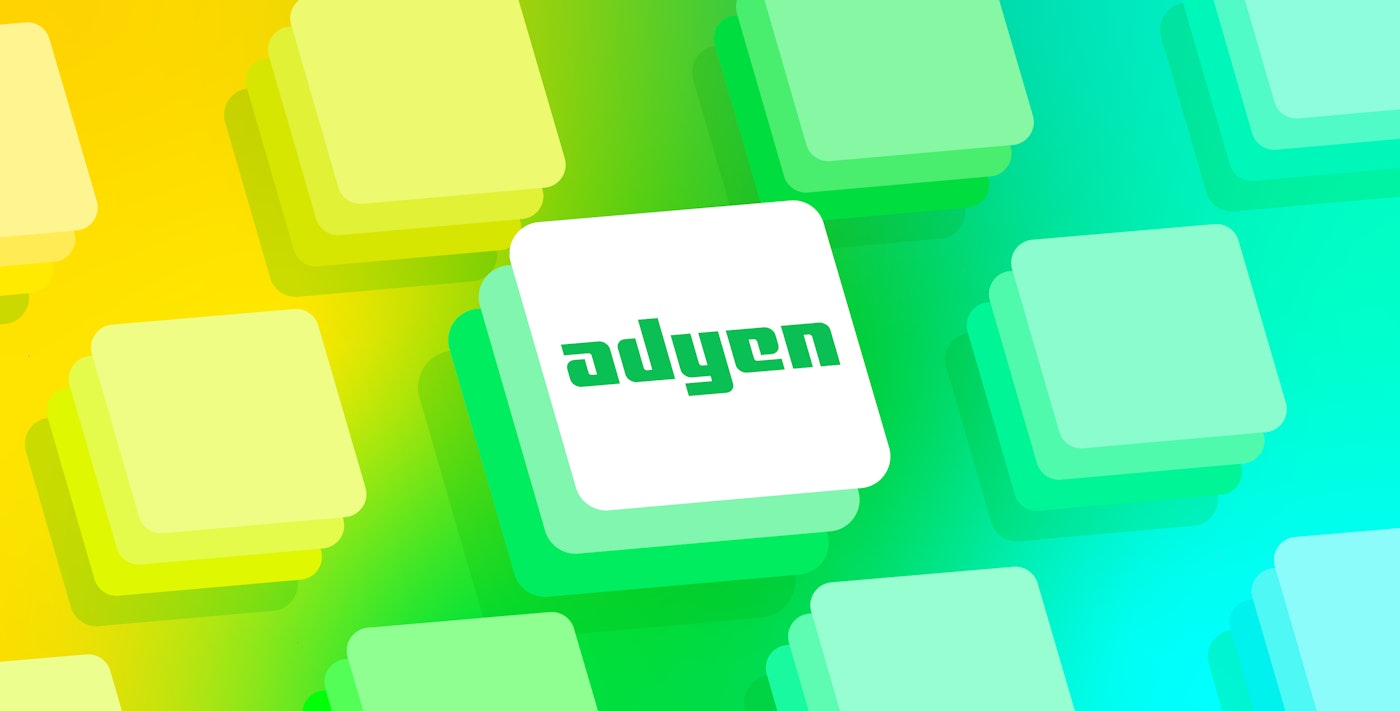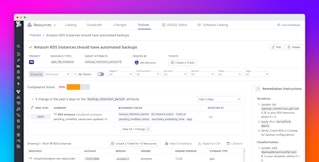
Alex Guo

David Pointeau
Adyen is a global payment platform that supports transactions across web, mobile, and in-person channels. By consolidating payment flows into a single process, the platform helps merchants simplify operations and deliver consistent purchasing experiences. But payment processes are complex, often involving multiple steps that include authorization, capture, and refunds. You need end-to-end visibility that enables you to quickly resolve inefficiencies, identify fraudulent activities, and maintain customer trust.
Datadog’s Adyen integration addresses these challenges by turning Adyen’s webhook events and API responses into structured logs. This means that you can visualize your payment data within the Datadog platform, alert on significant changes, and quickly spot anomalies to accelerate investigations and troubleshooting. In this post, we’ll show you how Datadog’s Adyen integration helps you:
- Gain real-time visibility into payment transactions
- Monitor and troubleshoot failed payments efficiently
- Detect fraud signals in payment processing
Gain real-time visibility into payment transactions
Adyen sends API responses and webhook notifications to indicate the success or failure of different steps in the transaction process, including authorizations, captures, refunds, and charge-backs. Datadog ingests these responses as logs and automatically tags them. This enables you to search and filter your payment data using the Datadog Log Explorer. For example, you may want to use the Log Explorer to isolate transactions by payment type. You can also correlate payment errors with performance data from your infrastructure and applications to home in on root causes. And you can use Watchdog Insights for Logs to automatically highlight outliers, such as groups of events that exhibit high error rates.
Datadog provides three out-of-the-box (OOTB) dashboards that visualize your Adyen transaction, dispute, and payout data. The transaction dashboard—shown in the following screenshot—provides a high-level summary of Adyen performance, including the status of relevant monitors that alert on performance issues. It also shows an analysis of your transaction activity, broken down by currency, merchant account, and payment method.

For a closer look, you can use the dashboard’s template variables to filter payment activity by merchant or payment method, then inspect logs to identify issues that could be disrupting your payment flow, such as configuration errors or system failures. You can also scope the dashboard’s time frame to examine payment activity around a specific date or time.
Monitor payments and troubleshoot efficiently
When a payment is unsuccessful, it’s critical to know what step failed—for example, whether the authorization or capture resulted in an error—and why. The Adyen integration includes several monitor templates you can use to quickly create monitors that notify you of important changes such as increases in authorization failures, capture rejections, or refund problems. This proactive alerting lets you quickly investigate emerging issues to resolve them before your customers are affected.
For instance, your application might authorize a payment at checkout but wait to capture the funds until the order is fulfilled. When Adyen processes that capture request, you’ll receive an asynchronous notification from the capture webhook. That webhook event will include a success value of either true or false. If you’ve created a monitor to notify you of an increase in failed captures, you’ll be alerted when issues arise and can quickly begin to investigate. The failed capture events will include a reason field that explains the issue, which you can see as you explore the logs. You can use log patterns to group the affected logs and home in on the cause of the failed captures.
The following screenshot shows a monitor that alerts when charge-backs occur, such as when a cardholder disputes a charge and claims that it was fraudulent. The monitor triggers when NOTIFICATION_OF_CHARGEBACK events appear in any Adyen logs. Because charge-backs are frequently linked to customer dissatisfaction or potential fraud, it’s crucial that you’re immediately aware of them so you can investigate and address issues early.

Detect fraud signals in payment processing
When Adyen authorizes a transaction, it optionally provides a value in the webhook notification that quantifies the likelihood that the transaction is fraudulent. A higher score—up to 100—represents a higher risk of fraud. Webhook events may also indicate that the card issuer has identified the transaction as fraudulent and that a charge-back has been triggered.
Datadog logs these events, enabling you to track fraud indicators over time. You can create dashboard widgets to visualize spikes in risk scores or surges in fraud-related notifications. If you see such an increase, you can view relevant logs in the Log Explorer by filtering to show only those with a high risk score—for example, greater than 80. Then you can easily create a log monitor to trigger when the frequency of these logs increases, enabling your fraud response team to quickly begin their investigation.

Start monitoring your Adyen payments with Datadog
By turning Adyen’s webhooks and API data into structured, actionable logs, Datadog enables teams to monitor payment health, identify potential fraud, and resolve issues quickly to maintain customer trust. To start monitoring your Adyen transactions today, explore the Adyen integration documentation or sign up for a 14-day free trial.





